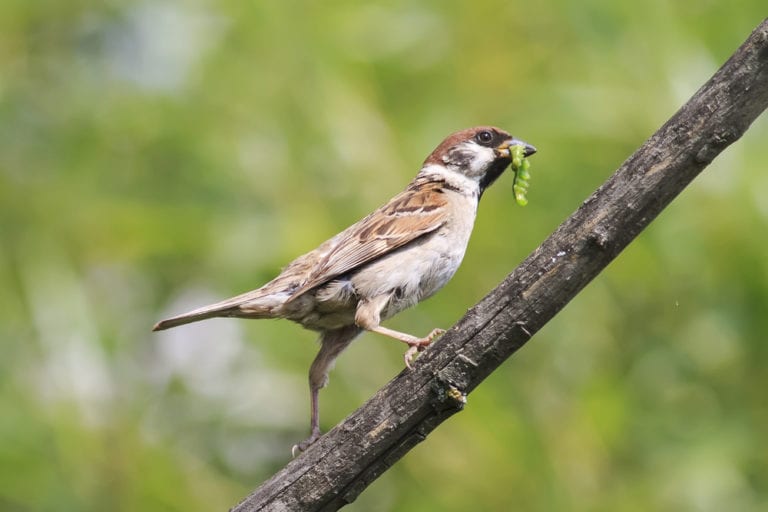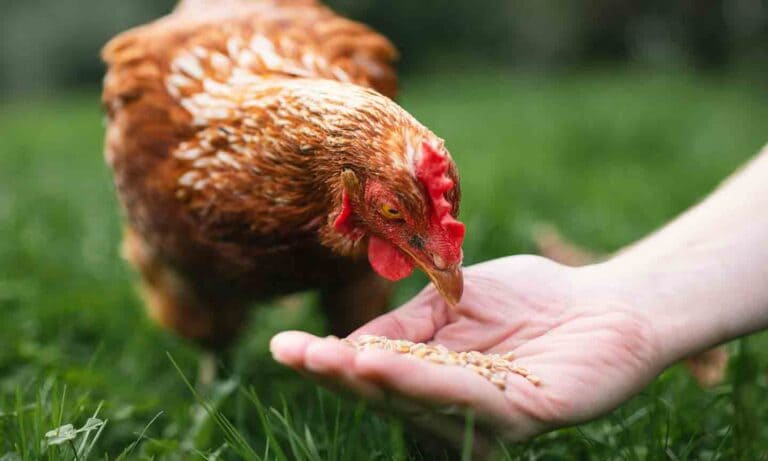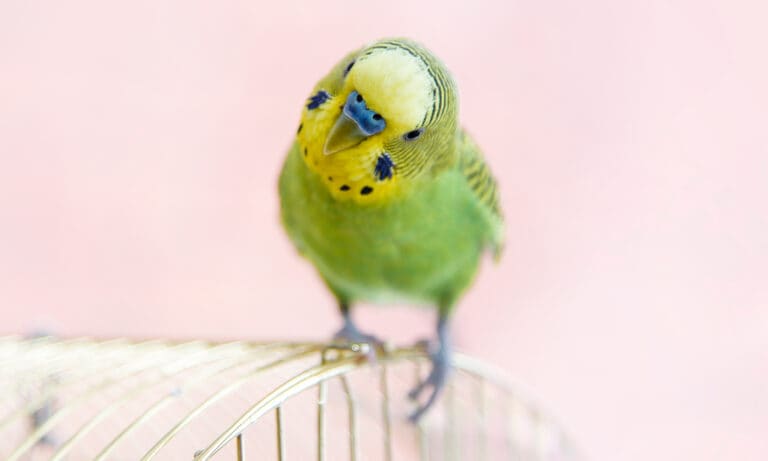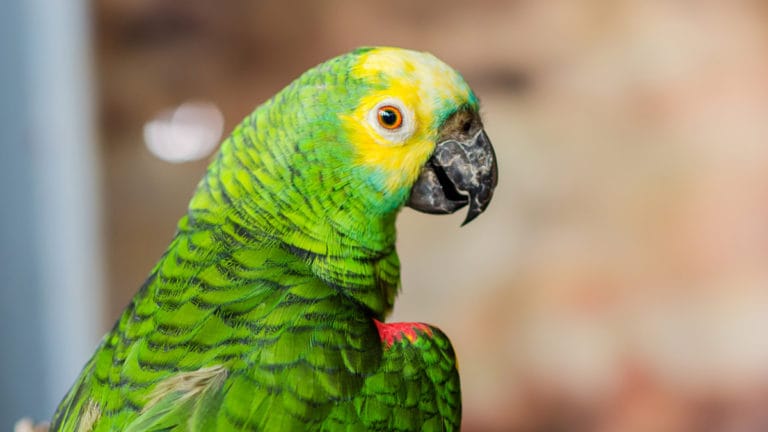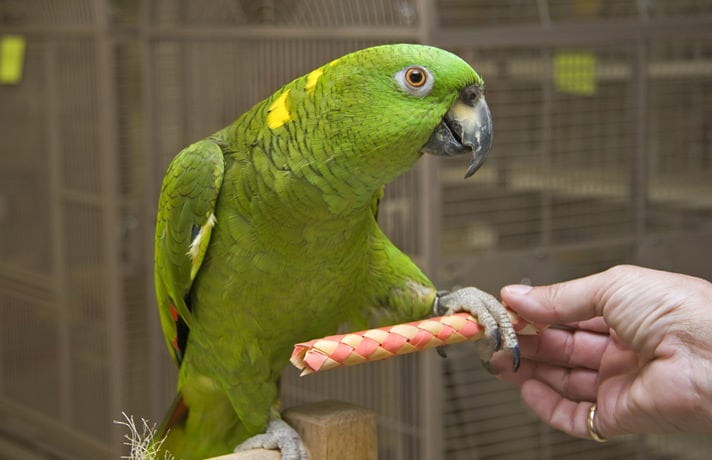Outdoor aviaries can be very beautiful, and the birds and parrots that live in them have the advantage of fresh air, natural light and access to rain water. They also have room to fly and exercise. Consider the following points before setting up your bird in an outdoor aviary.
Climate
Perhaps more than any other factor, the climate that you live in will dictate whether or not you should keep your bird or flock of birds outdoors. Southern California and Florida seem to provide the most ideal conditions in North America for maintaining birds outdoors on a year-round basis. Many other temperate areas are suitable for housing birds outdoors during the summer, or for at least part of the year. Research your bird’s native habitat. The closer your climate approximates its own, the more likely she can be comfortably housed outdoors. Of course, conditions will not be identical.
Zoning
Does your municipality have any regulations governing the housing of exotic birds outdoors? (For the most part, any bird that isn’t a budgerigar or cockatiel is considered “exotic.”) If you are planning to build a free-standing aviary, will permits be required?
Noise Level
Two macaws living together make more than twice as much noise as two macaws living separately, each in a different household. Then consider the effect on yourself when your neighbors complain to the zoning board. If you live in a populated area, you might want to consider some of the less raucous species, such as lovebirds, budgies, Australian parakeets, African greys, Poicephalus, rosellas, Eclectus, plum-headed parakeets, Indian ringnecks or African ringnecks, Brotogeris or lories/lorikeets, as aviary birds. Cockatoos, macaws, Amazons, large conures and Derbyan parakeets are generally noisier (although there are exceptions), and are most peacefully maintained outdoors by people with acreage. A single bird will generally be less noisy than pairs, although several birds of different species will be quieter than multiples of the same species.
Security
Can you place the aviary or outdoor cage out of view of passersby? Is your property fenced? Do you have a dog or security system? Must you be away from home for long periods of time? Can you lock the aviary or padlock the cage? A thief is unlikely to try to leave with a large cage on his or her back! Unfortunately, bird theft is a low-priority crime for most police departments. If you plan to keep your birds outdoors, take steps to see that they are safeguarded. The use of a device as simple as a nursery monitor (sold in toy stores and infant shops) can alert you to a commotion in the aviary when you’re busy in the house.
Predators
You will also need to make the aviary or outdoor cage impenetrable to predators and scavengers. Unless the flights are suspended, a barrier, such as sheet metal sheathing, will be necessary around the bottom of the structure. Aviary wire must be of sufficient thickness to prevent chewing by birds or rodents, and fine mesh screening on the outside will reduce the intrusion of insects.
Is your bird suited to outdoor living? A single pet bird, bonded to his or her owner, will probably not be happy in an outdoor aviary. A friend once transferred his blue-fronted Amazon parrot to outdoor housing, only to have the bird yell “Help! Help!” until he brought the bird back inside! Birds that are paired, nontamed or show signs of discontent indoors may benefit from life in an aviary or outdoor cage. Many pet birds, though, will enjoy spending periods of time in outdoor housing, weather permitting.
You have all sorts of options when it comes to planning your bird’s outdoor domain. You can build an aviary from a prefabricated kit, or design and construct it to your own specifications. The wire commonly used in the fabrication of aviaries (and some cages) is galvanized. This wire should be scrubbed with a wire brush, then rinsed with white vinegar to remove any loose flakes of zinc, which are toxic. Pressure-treated lumber, or wood treated with stains or preservatives should not be used in aviary construction, as it will be poisonous to birds that chew it.
The aviary must conform to the space you have available, while affording the birds inside room to fly. Outdoor facilities should have double-door systems so that you can enter and close a door before opening another door to the bird chamber. Branches should be provided for climbing and roosting. Feeders should be located where food will be sheltered from the elements. Birds should also be able to seek protection from sun, wind and rain, as desired. Consider the installation of lightning rods if you live in an area prone to severe thunderstorms.
Remember to ensure that any plants inside your aviary are safe for birds as well. Check our lists of safe and toxic plants for birds.
Looking for names for your new outdoor birds? Check out our list of top bird names.
Posted By: Chewy Editorial
Featured Image: Courtesy of Finch Society of San Diego County
Share:

